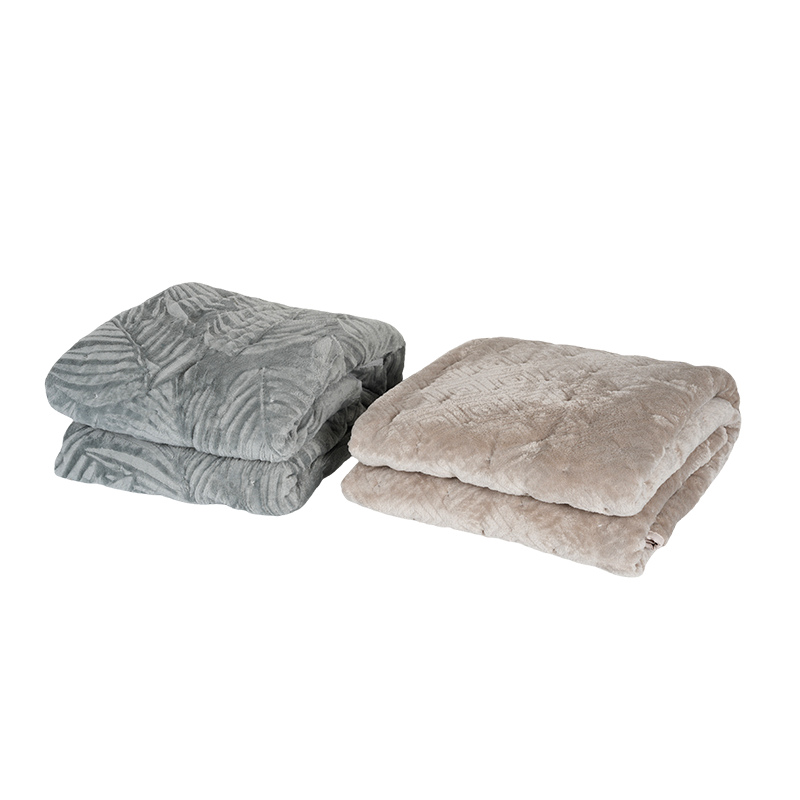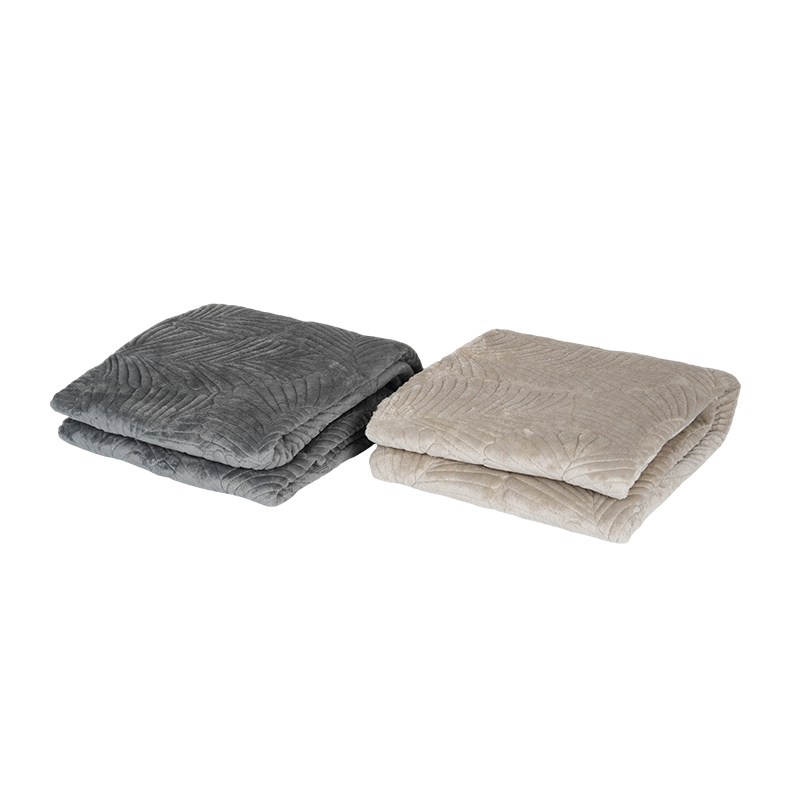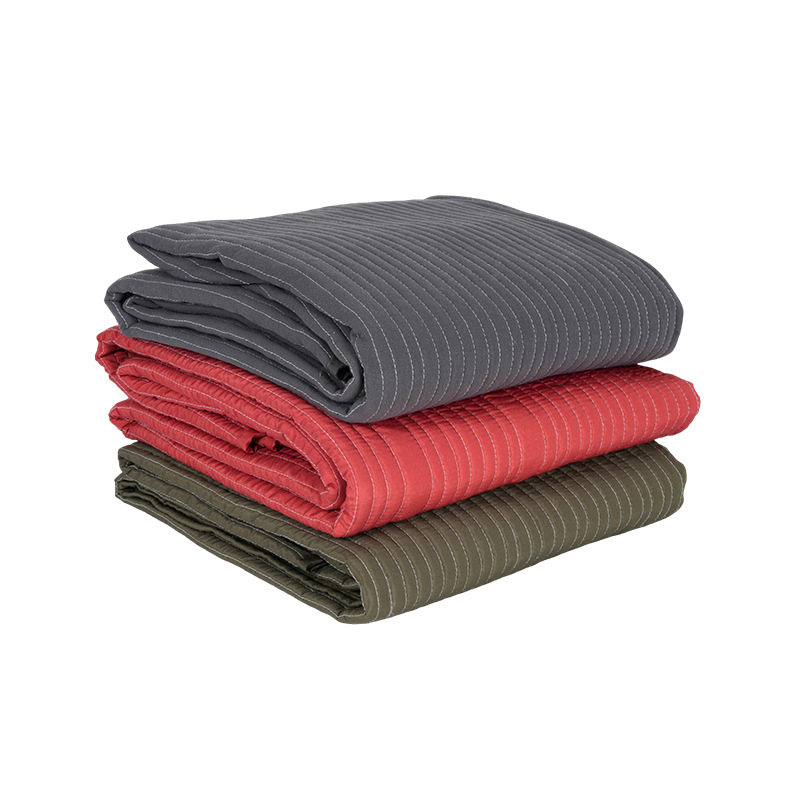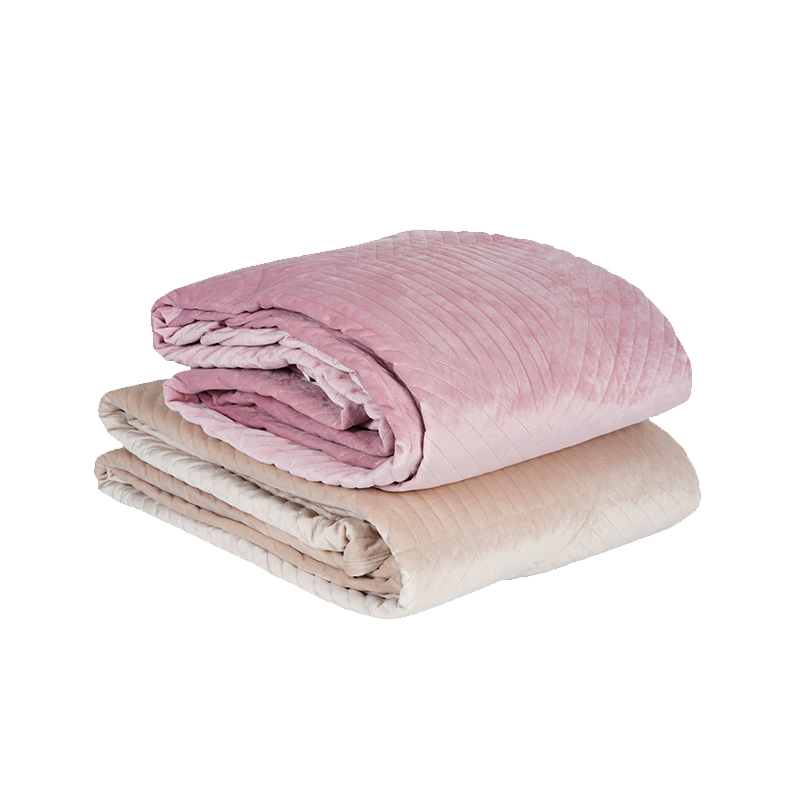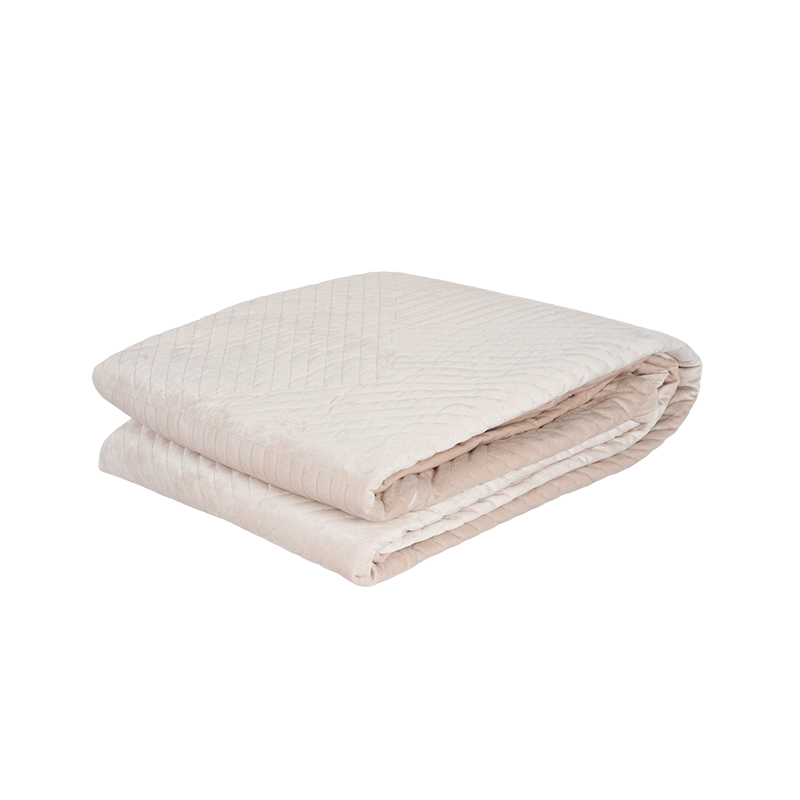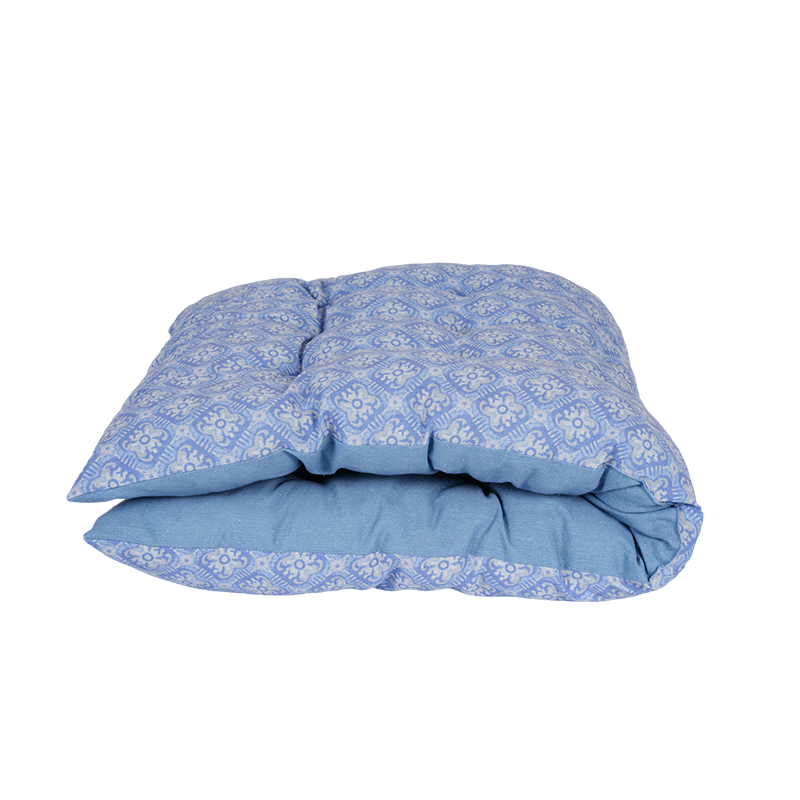- Type:
- Industry News
- Date
- 2025-Apr-21
Introducing handmade patchwork quilts for modern living
As the seasons change, people's desire for warmth grows, and with its latest collection of handmade patchwork quilts, timeless craftsmanship and modern design are combined. More than just simple bedding, these ingenious patchwork quilts are treasures that have been passed down for generations, designed to bring comfort, art, and a touch of nostalgia to the home.
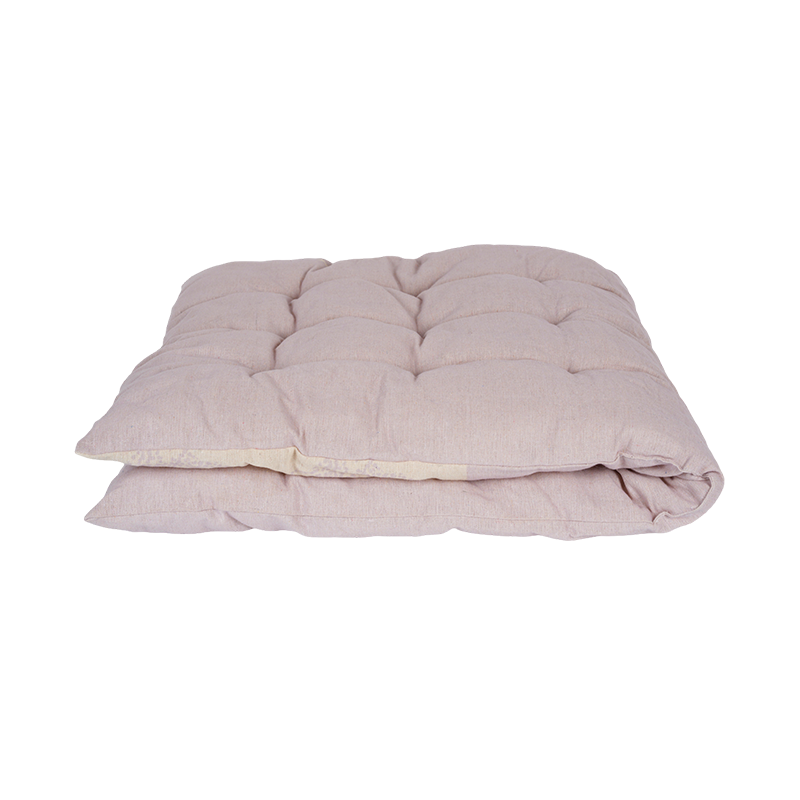
A blend of heritage and innovation
Each patchwork in the collection is carefully sewn by skilled artisans, and its beautiful patterns are inspired by global traditions and infused with modern aesthetics. Made from organic cotton and luxuriously soft OEKO-TEX certified fabrics, these patchwork quilts are breathable, hypoallergenic and durable. Whether spread on the bed, draped on the sofa or displayed as wall art, they will add texture and warmth to any space.
Sustainable craftsmanship, bold design
Committed to reducing environmental impact, its quilts are dyed with low-impact, environmentally friendly pigments and packaged in recyclable materials. The collection ranges from tranquil tones to striking botanicals and geometric abstracts, ensuring the perfect match for farmhouse charm, urban loft, or bohemian resort.
Quilts for Men: How to Choose
When selecting a quilt tailored for men, the process involves more than just picking a darker color palette. It requires attention to functional needs, design preferences, and lifestyle considerations. Men's quilts often emphasize understated patterns, durability, and ease of care, making them a practical yet stylish addition to any bedroom.
Start by considering the size and weight of the quilt. Many men prefer a medium-weight option that provides warmth without being overly heavy. Materials such as cotton, cotton-linen blends, or lightweight microfiber are commonly chosen for their breathability and low maintenance. In warmer climates or minimalist interiors, a thin cotton quilt might be ideal, offering coverage without excessive insulation.
Design-wise, masculine quilts often feature geometric patterns, plaids, stripes, or solid tones in neutral shades such as navy, charcoal, olive, or brown. These styles pair well with modern, industrial, or rustic room decor. Some quilts also feature reversible designs, allowing for easy updates to suit changing moods or seasons.
Durability is another key factor. Look for quilts with reinforced stitching and machine-washable construction to withstand regular use. Ultimately, the quilt for a man balances comfort with a practical, enduring sense of style.
The Design of Vintage Quilts for Sale
Vintage quilts hold a unique charm that transcends trends, offering a glimpse into the artistry and resourcefulness of past generations. Today, vintage quilts for sale often attract not only collectors but also individuals drawn to their history, craftsmanship, and one-of-a-kind aesthetics.
The design of vintage quilts is deeply rooted in tradition. Common patterns include "Log Cabin," "Double Wedding Ring," and "Flying Geese"—each with its own cultural and regional significance. These patterns are typically made from hand-cut fabric pieces stitched together in intricate arrangements. The fabrics themselves often reflect the eras in which the quilts were made, ranging from flour sack prints of the Depression era to calico and chintz fabrics from the 19th century.
Color palettes vary widely, though many vintage quilts feature softer, naturally faded tones that result from decades of wear and laundering. These subtle shifts in color contribute to their unique, time-worn beauty. Some quilts even include visible mending or irregular stitching, which tell stories of their previous lives and the hands that crafted them.
Many vintage quilts are hand-quilted, with stitches that may not be uniform but are consistent and strong. The backing and batting (inner filling) also vary, with older quilts often using cotton or wool batting and muslin backings. These materials provide insulation while maintaining a relatively light weight.
In design terms, vintage quilts are both decorative and functional, often used as statement pieces on beds, walls, or furniture. Their imperfections and individuality make them enduring symbols of care, creativity, and history.
How Did the Thin Quilt Come About?
The rise of the thin quilt can be traced to evolving household needs and textile innovations throughout the 20th century. Unlike traditional quilts, which were often thick and layered for harsh winters, the thin quilt emerged as a response to changing climates, urban living, and shifting lifestyle preferences.
Historically, thick quilts were necessary in homes without central heating. They were made with heavy cotton batting or even wool, providing vital insulation. However, as modern heating systems became widespread in the mid-20th century, the need for warm bedding began to decline. In warmer regions or more temperate seasons, heavy quilts often proved too hot and cumbersome, bring about the development of lighter alternatives.
Textile manufacturing also played a key role. Advances in synthetic fibers and lightweight cotton processing enabled the production of quilts that retained structure and comfort without bulk. These materials also allowed for easier washing and faster drying times—important features for busy households and apartment dwellers with limited laundry facilities.


 English
English
 English
English Español
Español